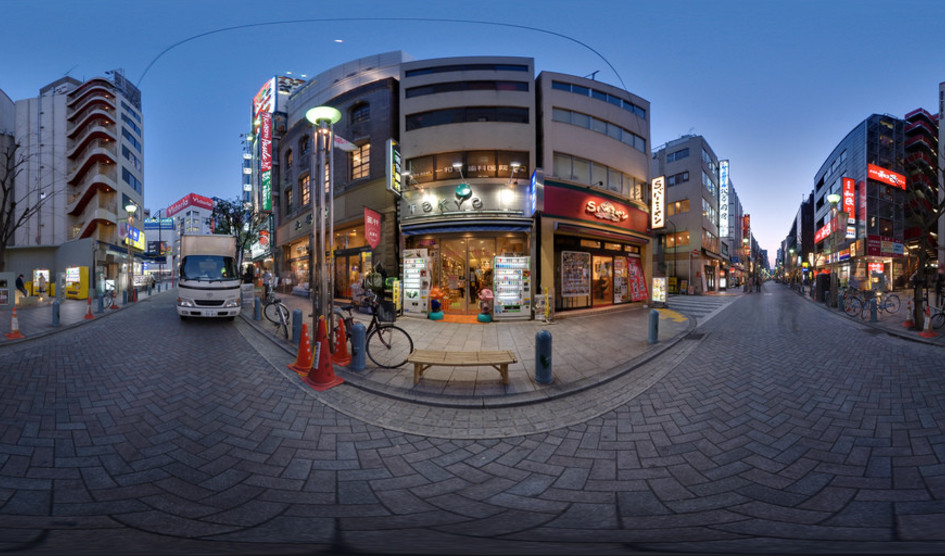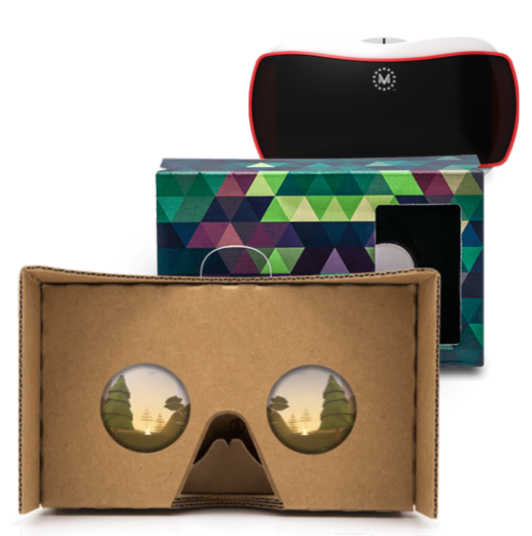The Rise of Video Dominance and the Future of Digital Marketing
Technology advances in the just the past few years in the social media space have continued at an exhilarating, some would say, numbing pace. Bundled in with a slew of new features from industry heavyweights Facebook, YouTube, Twitter and Instagram is functionality specifically aimed at video.
YouTube, who's primary focus is, of course, video, continues to refine their channel creator suite and now supports 360-degree video capabilities. Videos like Bjork's 2015 "stonemilker", illustrate where artists are taking immersive video.
The popularity of Facebook Live, Facebook 360 Twitter's video sharing, watching and creating strategy, as well as Instagram's latest offerings - expanding from 15 seconds to 1 minute of video and their still being rolled out Instagram Stories, underscores the importance and rising dominance of video, especially immersive, interactive video.
How did we get here so fast and what's driving it? First, high speed wireless connections and powerful mobile devices. YouTube recently reported that over half of its 1 billion+ users spend over 40 minutes per session on mobile devices. You can see YouTube's full stats here.
This excellent article by Google's Australia and New Zealand Head of Marketing, Aisling Finch, makes what I feel are some spot on predictions. The focus, specifically on virtual and augmented reality, will trickle down and will shift the paradigm from one of passive watching to immersive, up close and personal, interactive engagement. Anyone with more than a passing knowledge of social media understands the holy grail of engagement. These technologies, coupled with a nearly insatiable thirst for good video content, will usher in the next phase of social media marketing.
This companion piece, written by Aaron Luber, Head of Partnerships, VR at Google, lays out many of the possibilities that savvy marketers will likely be compelled to leverage as video sophistication becomes more ubiquitous. I would encourage you to read the entire brief article, since Luber asks four important questions for brands thinking about getting into VR. I would also encourage you to be creative in your assessment of and answers to these questions by thinking about your product, service or cause in a creative new light. Full disclosure; since Google owns YouTube (true, the list of things internet related that Google doesn't own may be smaller), they are able to influence the market in major ways, like their cheap and down and dirty release of Cardboard.
VR cameras from Jump and Go Pro are there to capture the experience, while YouTube and ever-more sophisticated social media platforms will be ready for those of us willing to draw clients, customers, donors, and members into our world and engage them in meaningful, lasting conversations that, yes, provide products and services but more importantly provide lasting value, which at the end of the day is what we're all really here for, right?
Nowhere is VR's power more vividly on display than in this mind-blowing video for Tilt Brush, a VR environment that has given painters, designers and visual artists an entirely new avenue of expression.
Numbing? Please. Exhilarating? Without question. Just as social media, once dismissed as a time-wasting fad, has proven its power and durability, so too will video in it's ever more captivating forms. The ride continues. Strap in, drive and enjoy.
Steve Peterson is the President of Steve Peterson & Associates, a social media marketing and management firm based in Richmond, VA.

